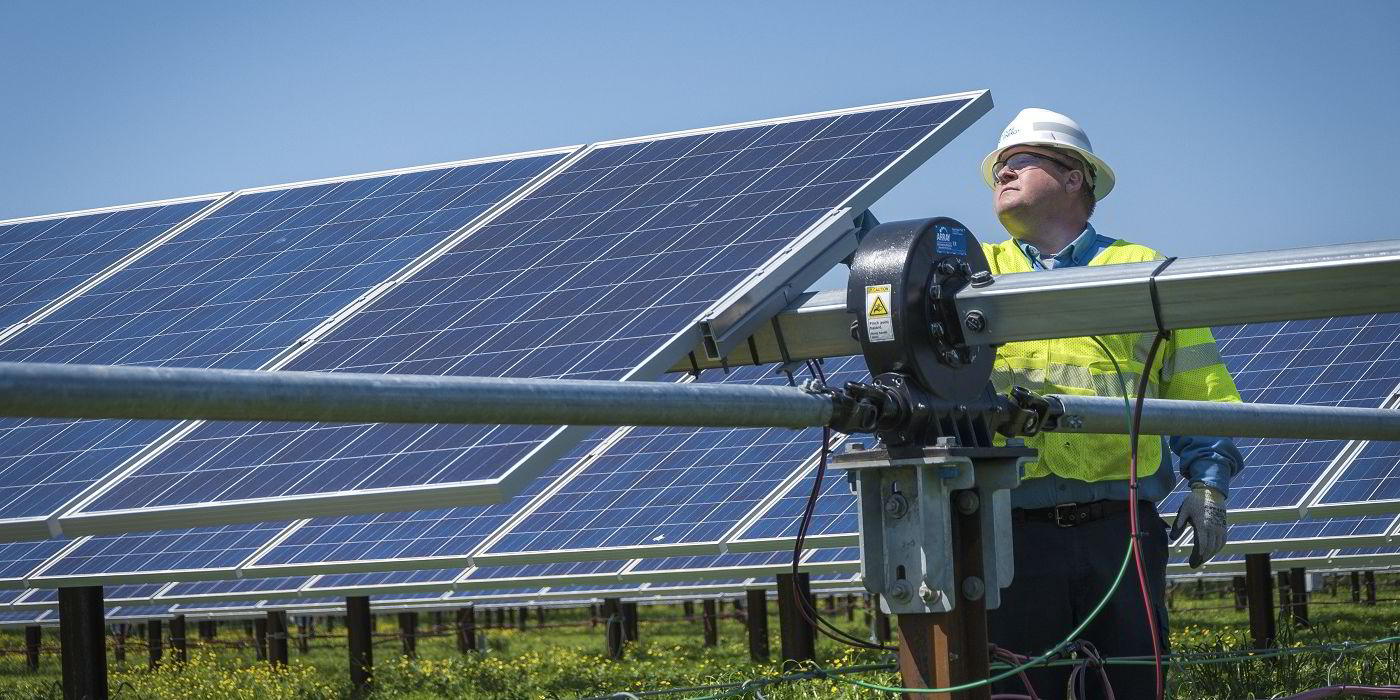The shift will be driven by the embedding of government renewables targets, progressive feed-in tariff policies and the wider trend towards distributed energy systems.
The US consultancy expects market revenues, which stood at $113.75bn last year, to climb at a compound annual growth rate (CAGR) of 9.5% to reach $179.13bn in 2020, underpinned by global installed capacity that will build out from almost 51GW to 76.5GW, a CAGR of 8.6%.
Pro-solar incentives and pledges made at the COP21 summit will ensure that the PV market continues to grow "exponentially" over the next five years, says Frost & Sullivan energy and environment research analyst Pritil Gunjan.
"Extreme weather variations, declining energy reserves and increase of distributed generation technologies will compel utilities to seek newer models supporting energy efficiency and energy-management initiatives," she says.
Gunjan foresees new business models that integrate solar power "will also open opportunities in smart metering, demand response and net metering".
"The PV supply chain participants are expected to develop new technologies that will lower costs and integrate PV with flexible infrastructure grids."
Asia will lead the "aggressive expansion" worldwide, with China, India and Japan together accounting for more than 80% of all installations planned for the next five years, translating into a global market share of 64.1%.
North America is forecast to see a bullish growth given traction by the extension until 2019 of the US investment tax credit. By the end of the decade, the continent is expected to have 20 million residential prosumers, deepening the impact of the established industrial-scale solar build-out of recent years.
Emerging markets in Latin American and Africa will be "energised" by investments in micro-grid infrastructure, especially in remote off-grid locations.
Solar in Europe, by contrast, is expected to backslide because of the recent withdrawal of subsidies and incentives.
"The European market is in the late growth stage," Gunjan says. "The market has stagnated due to retroactive incentives and poor regulatory support in UK, Spain and Italy.
"Huge overcapacity, coupled with price decline of solar modules, will see suppliers struggling to make profits."

